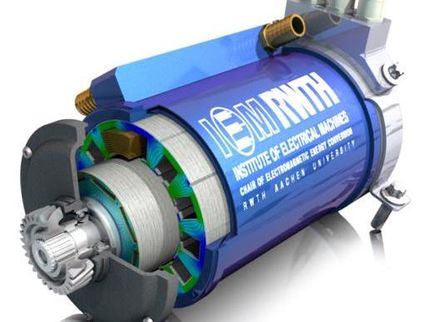New additions to Malvern Process Systems range
Advertisement
Malvern Instruments has added a new range of particle measurement systems to its portfolio of analyzers for in-process applications. Parsum in-line particle probes are specifically designed to measure larger particles up to 2.5 mm in a wide variety of processes, including chemicals and food products and all types of granulates. Since Parsum is inserted directly into the process line, there is no need for any sampling. Real-time measurement, with automatic feedback to a central control room or computer terminal, enables direct upstream process control and monitoring of current production trends.
Ideal measuring points are on the exit of granulators or spray driers to measure final grades, or on the feed materials for mills as an indication of "processability". In both scenarios, the probes are used principally for process optimization.
Three systems are available to suit individual process environments. The Parsum IPP 50 is the standard unit for larger particles and all types of granulates, where the process concentration is low and no dilution is needed. Parsum IPP 50-SE uses air for more concentrated systems and for materials that are adherent and require dispersion. Also available is the intrinsically safe IPP 50-Se unit, whose low power input allows its use in hazardous conditions.
The Parsum probe works on a patented fibre optic counting principle. It simultaneously measures particle size and the velocity of individual particles. The system can calculate number and size distributions based on statistics coupled with the technique of Spatial Filter Velocimetry. Parsum requires no calibration, produces volumetric size and linear number distributions, provides constant measurement and does not assume particles to be spherical.
Spatial Filter Velocimetry is a well-established technique in which particles pass through a laser beam, casting a shadow on a linear array of detectors. As the particle interrupts the light between transmitter and receiver, the time taken to cut across the laser beam is measured. A burst signal is generated due to the falling particle and its frequency measured, and it is from this that particle velocity is calculated. In passing through the laser beam the particle generates a secondary 'pulse' signal which indicates the time associated with the falling particle as it blocks a single detector in the array. Particle diameter is determined using chord length calculated by knowing the time of the pulse signal, velocity of the moving particle and the distance between the spatial filters.
Most read news
Topics
Organizations
Other news from the department research and development

Get the chemical industry in your inbox
By submitting this form you agree that LUMITOS AG will send you the newsletter(s) selected above by email. Your data will not be passed on to third parties. Your data will be stored and processed in accordance with our data protection regulations. LUMITOS may contact you by email for the purpose of advertising or market and opinion surveys. You can revoke your consent at any time without giving reasons to LUMITOS AG, Ernst-Augustin-Str. 2, 12489 Berlin, Germany or by e-mail at revoke@lumitos.com with effect for the future. In addition, each email contains a link to unsubscribe from the corresponding newsletter.































































